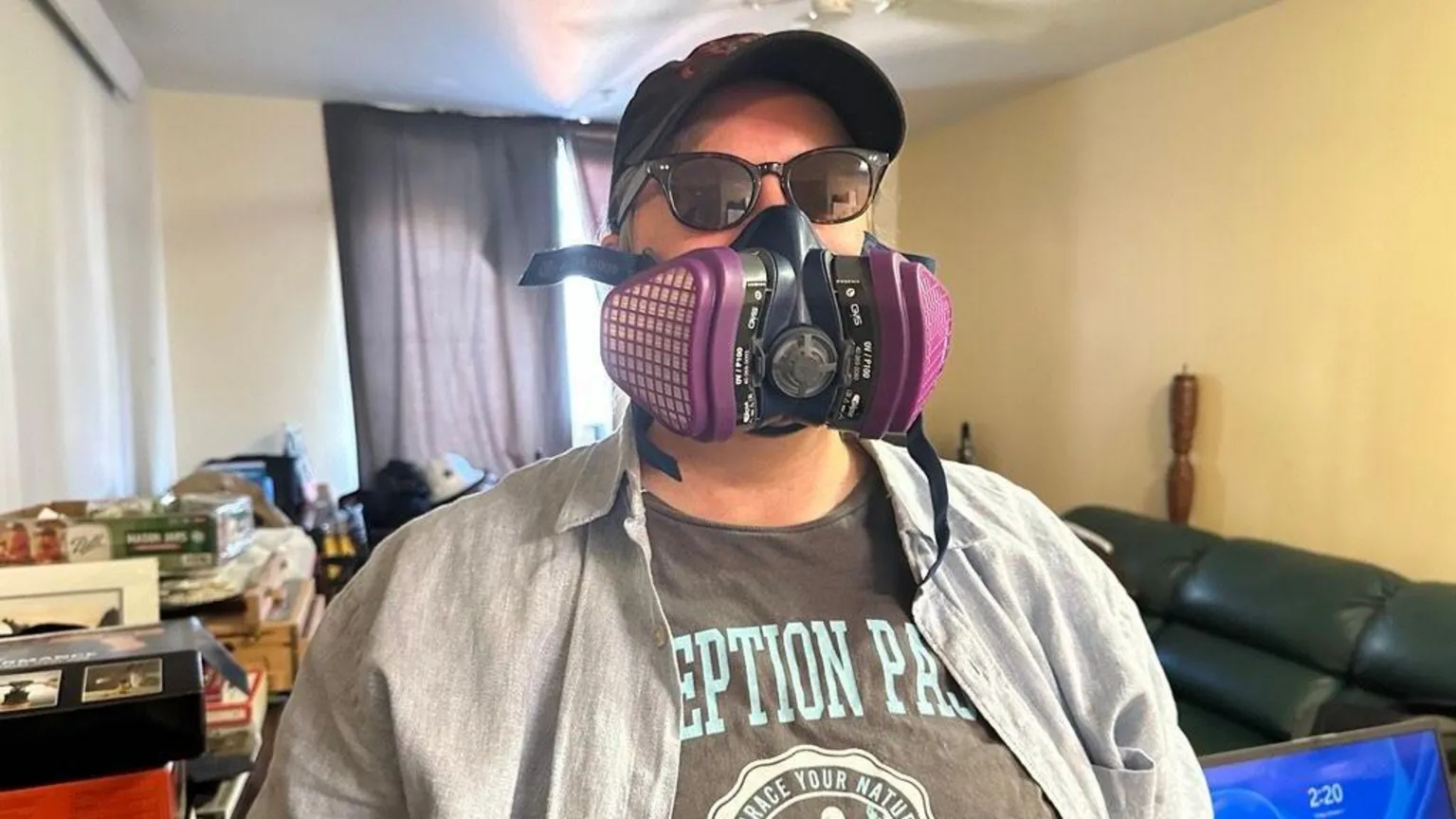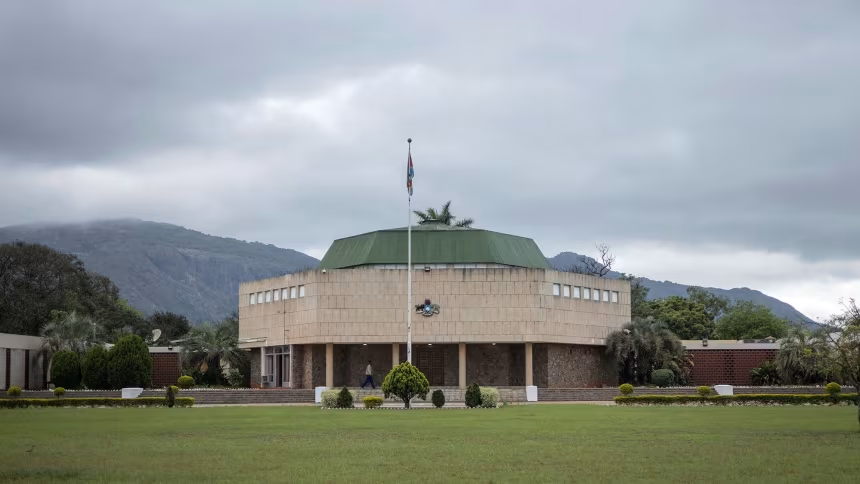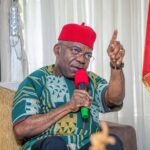Now Reading: “I Sleep With a Gas Mask On”: Life Inside Portland’s Protest Zone as Trump Threatens Troop Deployment
-
01
“I Sleep With a Gas Mask On”: Life Inside Portland’s Protest Zone as Trump Threatens Troop Deployment
“I Sleep With a Gas Mask On”: Life Inside Portland’s Protest Zone as Trump Threatens Troop Deployment

In the heart of Portland’s South Waterfront, a quiet residential complex has become the centre of a political storm. For months, clashes between protesters and federal agents outside the Immigration and Customs Enforcement (ICE) building have turned the street into what residents describe as a “war zone.”
Among them is 57-year-old Brennah Hammar, who says she now sleeps wearing a gas mask as tear gas routinely seeps into her apartment. “There are times I’ve had to wear it inside my own home,” she told the BBC, describing how protests that began as opposition to immigration arrests have escalated into nightly confrontations.
President Donald Trump has branded Portland a city “burning to the ground” and threatened to deploy the National Guard to protect federal buildings. However, a federal judge recently blocked his plan, ruling that the president appeared to have exceeded his constitutional authority.
While Trump’s remarks have been widely dismissed as exaggerated by many of Portland’s 635,000 residents, for those living around Gray’s Landing, the unrest is painfully real.
Residents are split over who’s to blame. Some accuse Antifa, the loosely organised anti-fascist movement, of instigating violence, while others point fingers at federal agents for “inciting” protesters through the aggressive use of tear gas and pepper spray.
Video footage captured by Ms Hammar and shared with BBC News shows gunshots, beatings, and tense confrontations in hallways as some residents reportedly allow protesters into the building to escape police action.
Portland Mayor Keith Wilson has condemned the tactics of federal officers, calling for an investigation into the use of “impact munitions” and other forceful crowd-control measures. “This aggressive approach is inflaming an otherwise peaceful situation,” he said.
115 Days of Hell
For 63-year-old Cindy Colgrove, the unrest has upended daily life. “It’s been 115 days of hell,” she said while walking her neighbour’s dog near the protest site. She now carries bear mace and a stun gun for protection after being attacked on the street.
Her neighbour, Mai Tai Boyd, a US Air Force veteran, disagrees with Trump’s troop deployment plan, calling it unconstitutional. “I don’t understand why law enforcement can’t handle it. Why bring in combat-trained troops?” he asked.
Meanwhile, The Cottonwood School next to the ICE building relocated after munitions were repeatedly found on its playground.
A City Under Scrutiny
Despite the chaos near the ICE facility, much of Portland remains calm. Over 12,000 people took part in the city’s marathon over the weekend, running past the protest zone without incident.
For others, the symbolism is deeper. “Portland has a right to defend itself and its people,” said Nick, a local grocery worker who condemned the immigration arrests.
Back at Gray’s Landing, industrial air scrubbers hum throughout the building, filtering tear gas that residents say flows through the ventilation system. Sticky pads placed at entrances trap powdered chemicals from being carried inside on shoes.
Ms Hammar, a lifelong Portlander and Trump critic, admits there’s one policy of his she supports — the call to send in the National Guard.
“The city is failing us,” she said, adjusting her gas mask. “I don’t want to feel like collateral damage. My rights matter too.”



















